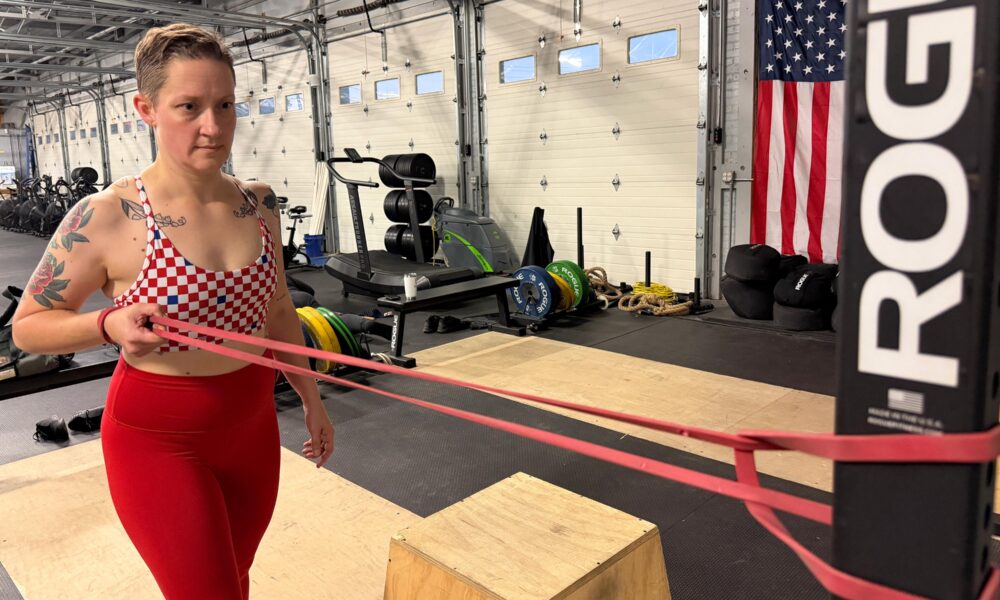As reliance on personal devices grows, so does the prevalence of “tech neck,” a condition characterized by forward head posture resulting from prolonged use of smartphones, tablets, and laptops. This misalignment often leads to discomfort and reduced mobility over time, as users tend to tilt their heads forward, straining muscles and altering natural posture.
Physical therapist Patrick Suarez from Albany, New York, emphasizes that instinctual stretching may not provide the relief many seek. Instead, he advises strengthening the neck and upper back muscles to combat the issue. “When you tilt your head forward, you’re overstretching the muscles in the back of your neck that connect to your shoulder blades and upper back,” Suarez explains. “What we need to do is actually tighten them back up.”
Recognizing that tech neck is not limited to smartphone use, Suarez notes that poor posture can also arise from driving and other daily activities. He recommends a more mindful approach, suggesting that individuals adjust their seating position in vehicles to promote better alignment. “Get your butt all the way back in the seat, shoulders back, and the back of your head on the headrest,” he advises.
To address tech neck effectively, Suarez outlines four specific exercises designed to enhance strength and improve head alignment. These exercises focus on the muscles that support the neck, including the trapezius and levator scapulae.
Four Exercises to Strengthen Neck Muscles
1. **Wall Angels**
This exercise improves posture and thoracic mobility. Stand tall with your back against a wall, ensuring your low back, shoulders, and head maintain contact. With your arms bent at 90 degrees, slide your hands up and down the wall while keeping your core engaged.
2. **Thoracic Spine Wall Rotation**
This mobility exercise enhances rotational movement in the upper back. Assume a half-kneeling position beside a wall, with your right thigh against it. Place your fingertips behind your ears and rotate your torso left, then right, aiming to touch the wall with both elbows.
3. **Row Variations**
These pulling exercises strengthen shoulder blade positioning. For a single-arm row, anchor an exercise band at chest height and pull the band towards your body, squeezing your back muscles. For a high-to-low row, face the anchor from a half-kneeling position and pull the band down toward your ribs.
4. **Prone I’s, T’s, and Y’s**
Lying face down on a stability ball, raise your arms to form shapes that target muscles surrounding the shoulder blades. Engage your core and lift your arms diagonally, laterally, and behind you, squeezing the shoulder blades together with each movement.
By incorporating these exercises into daily routines, individuals can combat the effects of tech neck and promote better posture. Suarez acknowledges that it takes time to retrain the body. “We need to work on it in small increments. Over time, we can see improvement,” he says.
As technology continues to play an integral role in daily life, implementing preventive measures against tech neck becomes increasingly important. These exercises not only alleviate discomfort but also pave the way for long-term health benefits, fostering a more aligned and balanced posture.







